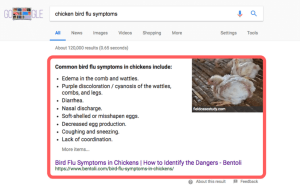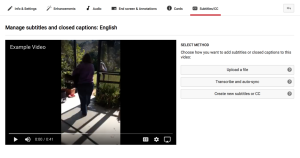Sometimes, just sometimes. The wrong metrics and indicators get attributed to strategic goals in social media marketing. Subsequently, incorrect and sometimes misguided explanations for not achieving these goals can become a particularly unshakable habit. Especially if you don’t curtail them quickly.
The importance of a brand’s social media efforts resulting in tangible outcomes is widely accepted. Outcomes you can confidently evidence and advise colleagues on.
But (full irony intended), here are three common scenarios where the wrong ‘ifs and buts’ are wrongly fronted as common denominators for lesser performance. Most notably when it comes to reports and campaign analysis time.

1. Old, but gold
“If we haven’t got half as many fans/followers (total audience) as they do, we’re fighting a losing battle!”
Generally, audience size is inevitably the first go-to for an immediate benchmark comparison. It’s typically what most people look at as a primary indicator when analysing the clout of a competing brand’s social presence. You could be fully justified in making total audience size central to your KPI’s if that complements your overarching digital strategy.
However, all may not be lost. Always remember the importance of relativity and relevance when reporting. When it comes to benchmarking performance, try and approach the selection of brands in your competitive set with a balance of optimism and comparative realism.

Let’s also not forget the obvious things! Have you considered the possibility that the competitor with all those fans performs atrociously when it comes to actual engaged users? Or the fact that they may be struggling to record anywhere near the engagement volume at post level that they used to?
Or maybe you’re just comparing yourselves to a brand at the complete opposite end of the spectrum to you!
2. That old chestnut
“But we had insufficient budget for the Ad to satisfy the campaign objective(s).”
Firstly, it’s worth making clear that there will no doubt be scenarios where larger scale (national/international geo-targeted) paid campaigns dictate a requirement for increased ad spend.
The bottom line is, there are plenty of variables we can control and questions that we could do with asking ourselves before attributing an underperforming paid campaign solely to budget restrictions.
These include:

Ad format: Have you run a bland single image promoted post when you could be making use of native video or improving your CTR with a carousel ad?
Poor targeting and tracking: Have you done your homework on the appropriate audience for this particular campaign? Or are you sticking to what you know with the same saved/lookalike audience you’ve typically always used for paid activity?
Selection of ad optimisation relative to the campaign objective: Are you running a promoted post optimised for clicks when it should be for conversions?
Quality of messaging: A lack of incentive for engaged users can be a nightmare if time and effort has been invested in all other facets of the campaign.
CTA selection: You’ll be surprised just how important this actually is in keeping users on board.
3. The ‘let’s use reach as a nice safety net’ approach
“But we’ve reached more users with this campaign than in any other.”
Reach plays an undeniable part in defining the impact of any campaign, but it’s never the only way to truly determine its success.
It could be that brand or campaign awareness is one of your central indicators for success. That’s fine. However, pinning all your objectives on reach alone is arguably a road to nowhere.
Bolstering your KPI’s to extend beyond this in order to focus on high value, meaningful social interactions/journeys will set you apart from the rest!

(32)








